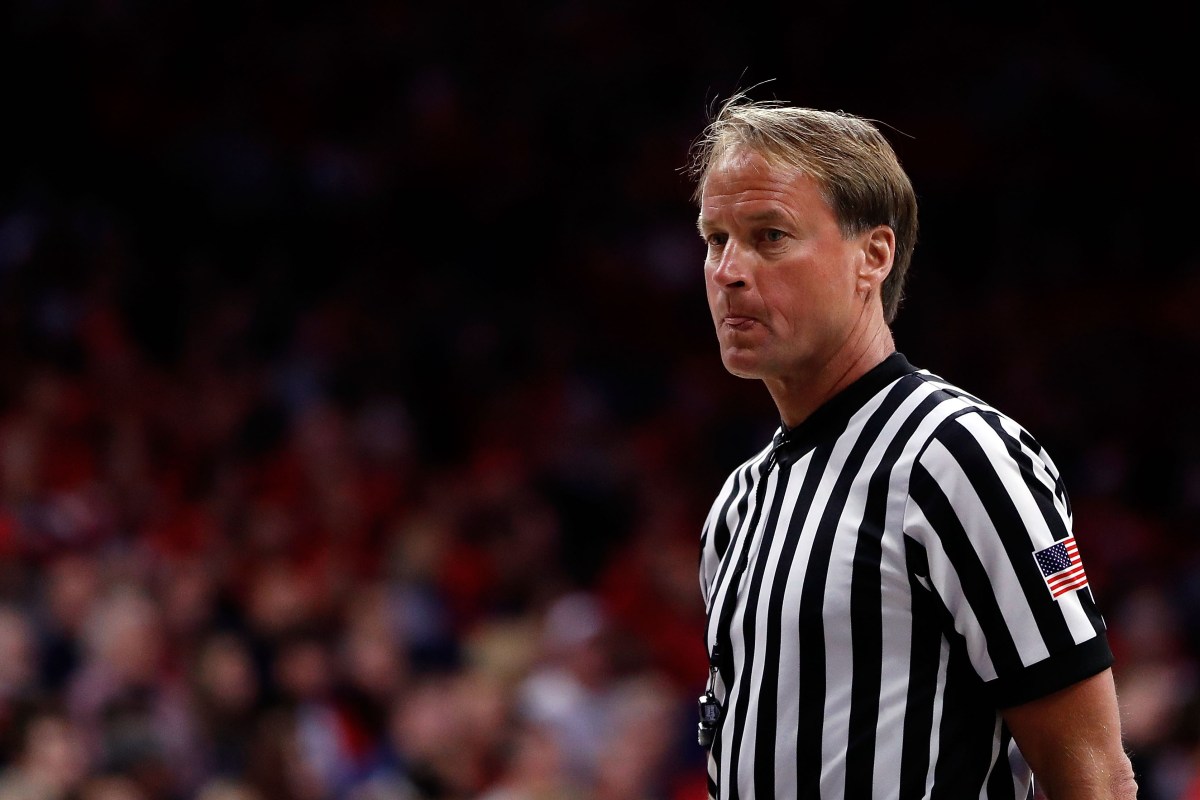A new Sports Illustrated feature takes a holistic view of internet trolling, of both the sports figures affected by online harassment and the lives of online harassers themselves. The cost for sports figures is not only a steep emotional tax, but often real-life consequences. NCAA basketball referee John Higgins received death threats after a 2017 North Carolina/Kentucky game that necessitated the company of bodyguards when he next officiated a game, and received menacing phone calls to the office of his roofing business, virtually shutting it down for several days. To understand the reasons behind sports trolling, Sports Illustrated found two online provocateurs who were willing to talk: one a 19-year-old college student in the suburbs of Los Angeles, the other a married, college-educated man 46-year-old in the suburbs of Portland. As they told Sports Illustrated, the urge to post is motivated by a love of attention and the thrill of saying whatever they want.
The Charge will help you move better, think clearer and stay in the game longer. Subscribe to our wellness newsletter today.



















